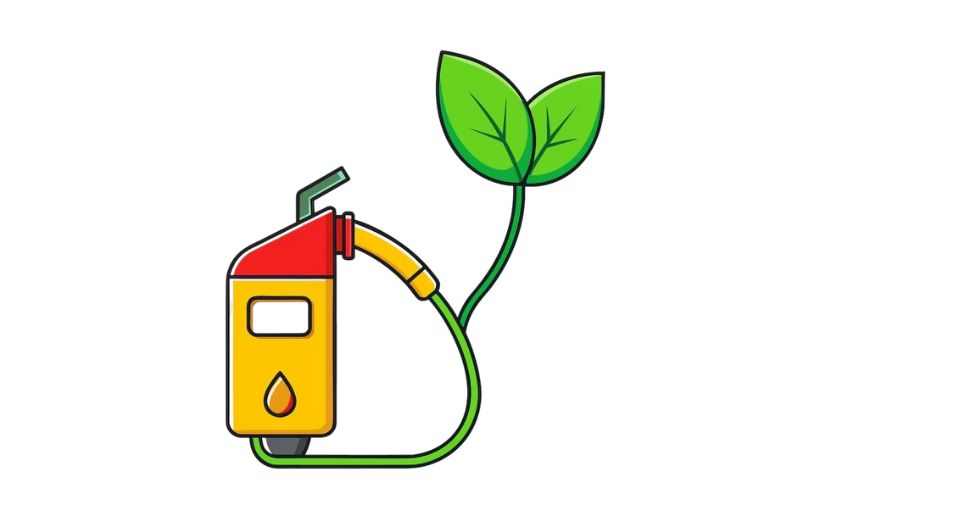
Sep 15, 2025

The recent bioethanol market report by Metastat Insight offers a comprehensive analysis of an industry that sits at the nexus of green energy, agricultural growth, and industrial transformation. The report goes beyond the standard commentary to reveal how manufacturing practices, supply chain strategies, and evolving end-user trends are remodeling the path of this sector. By linking together varied views from technology take-up to regional trade currents, the report vividly depicts a market shaped as much by innovation as structural upheaval.
Bioethanol has been recognized for many years as something greater than an energy substitute. Its position in blending schemes, transport fuels, and other industrial uses highlights a dynamic role across levels of the global economy. In the market, production patterns diversify further, tapping feedstocks that mirror regional agricultural capabilities and advances in technology. Grain-based pathways predominate in some regions, as sugarcane and cellulosic pathways demonstrate the evolution toward refined techniques. This diversity demonstrates how producers accommodate strategies to suit resources and shifting sustainability benchmarks while keeping flexibility at the heart of sector growth.
The commercial storyline goes far beyond feedstocks because technological improvements dictate levels of efficiency and cost control. Conversion methods are increasingly shifting away from traditional fermentation toward more holistic biorefinery systems that can produce several value streams. Residuals that were previously considered waste are being processed into secondary products with greater frequency, adding to a circular mindset. By incorporating more value into production cycles, the marketplace constructs a buffer against the gyrations that originally undermined profitability.
Trade patterns impose another complexity on the intricate web of the bioethanol market. Regional imbalances of surplus and shortage establish corridors for trade that connect agricultural producers to fuel consumers based on tariff arrangements and bilateral pacts. This equilibrium of demand and supply is not fixed but is a dynamic representation of continuous responses in crop yields, climactic factors, and the ability of states to invest in processing facilities. Such trade activity accomplishes more than level balances availability; it provokes discussions regarding energy independence, rural development, and economic alignment between producing and consuming nations.
End-use industries demonstrate the multi-dimensional demand patterns that continue to drive the bioethanol market. Transportation continues to be a major consumer, as blending mandates and fuel standards dictate use. Yet industrial applications continue to increase as manufacturers look to bio-based solvents, cosmetic ingredients, and even pharmaceuticals from ethanol. This expansion beyond traditional energy applications demonstrates how the material is steadily embedding itself into a broad industrial framework. The process reflects not only adaptation but also the pursuit of long-term diversification strategies by major producers.
Investment in the market is conservative in approach but progressive in thinking. Instead of depending on government policy incentives or subsidies alone, most players are investing in enhancing conversion technology, feedstock logistics, and distribution mechanisms. This sets up an environment where long-term competitiveness increasingly depends on innovation but not merely policy assistance. Joint ventures among farming cooperatives, energy corporations, and research institutions emphasize this path, putting bridges in place to integrate scientific progress with commercial practice.
Environmental factors remain a factor in how bioethanol is viewed, impacting reputational dynamics and informing consumer expectations. As arguments about land use and feedstock diversion remain, enhanced lifecycle estimates and carbon reduction metrics provide real gains. In most instances, developments in cellulosic ethanol illustrate the potential for turning waste streams and non-food crops into useful resources, alleviating pressure on food-versus-fuel controversy. This sustainability story, while multifaceted, is at the core of how the market positions itself against alternative energy sources and broader societal needs.
Financial arrangements around the industry similarly reflect the manner in which markets respond to changing realities. Conventional lending systems exist alongside green investment sites, sustainability-linked bonds, and venture capital infusions into startups that are leading the development of next-generation technologies. This diversity of funding sources guarantees that projects of varied scale and ambition are able to find support, spurring both incremental innovation and disruptive innovation. By promoting a diversified finance environment, the bioethanol industry enhances its ability to ride out volatility and sustain momentum forward.
Geographical differences are another area of concentration, as patterns of production and consumption do not always match perfectly from one region to the next. Certain regions focus intensely on industrial processing and feedstock crop farming, with others on blending and consumption. Infrastructure growth, regulatory stability, and agricultural productivity determine how these functions change, creating unique regional narratives that as a whole define the market. The interaction between local responses and international demand highlights the interconnected character of this industry, as events in one region of the globe have ripple effects through trade circuits and price regimes elsewhere.
The social and cultural aspect of the bioethanol industry also needs to be considered. Rural societies that grow feedstocks tend to gain additional job prospects and market access, lending support to the socioeconomic benefit of involvement. Meanwhile, consumer attitudes toward renewable fuels keep on changing with education campaigns, state narratives, and corporate identities. This blend of local livelihood effect and international consumer conversation underscores the perception that the market identity is not limited by technical or economic specifications but by how it captures the imagination of larger social objectives.
In its most recent report, the bioethanol market report from Metastat Insight highlights the strategic imperative of reconciling industrial practice with sustainable development, worldwide trade patterns, and technological advancement. By highlighting the various strands influencing the industry—ranging from feedstock technology to financial structuring and regional heterogeneity—the report sheds light on a market that feeds on its own complexity. The portrait presented is not one of fixed description but of continuous adaptation, where opportunity is ever-defining itself through innovation, commerce, and changing consumer terrains.
Drop us an email at:
Call us on:
+1 214 613 5758
+91 73850 57479